How to Plan a Successful Tree Planting Activity
- September 19, 2024
- 0 comment
Tree planting activities are a meaningful way to restore ecosystems, enhance biodiversity, and mitigate the impacts of climate change. Whether you’re an individual or part of a large organization, organizing a successful tree planting event requires detailed planning and collaboration. From setting clear objectives and selecting the right location and tree species, to ensuring logistical arrangements and recruiting volunteers, careful preparation helps guarantee that the event not only meets its environmental goals but also fosters community engagement and long-term sustainability.
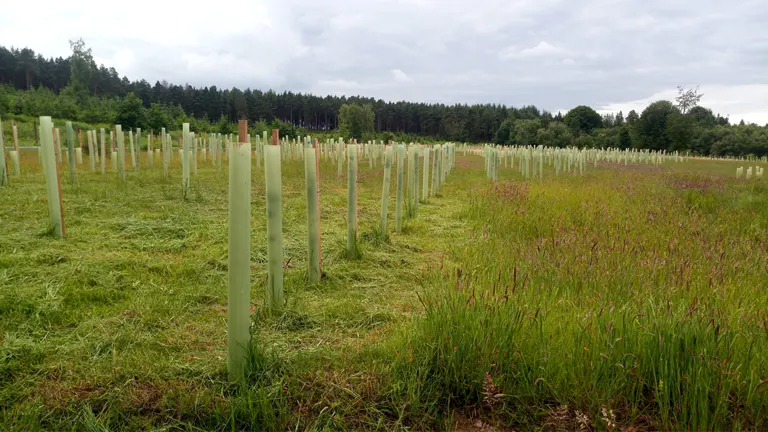
To ensure the impact of your event extends beyond the day of planting, it’s crucial to plan for follow-up actions like watering, weeding, and monitoring the health of the newly planted trees. Partnering with local governments, environmental experts, and community groups can enhance the overall success and sustainability of your efforts. With thoughtful execution and ongoing maintenance, your tree planting activity will contribute to a healthier environment and create lasting benefits for both the ecosystem and the community.
Table of Contents:
- Select an Appropriate Site
- Choose the Right Tree Species
- Obtain Necessary Permits and Permissions
- Assemble Your Team and Volunteers
- Recruiting Volunteers
- Gather Tools and Materials
- Plan the Event Day Logistics
- Educate Participants
- Post-Planting Care
- Promote and Document the Event
Define the Purpose and Scope of the Activity
Before jumping into the logistical aspects, it’s important to clearly define the purpose and scope of your tree planting event. Ask yourself questions such as:
- Why are we organizing this event?
- What environmental or social objectives are we aiming to achieve?
- How many trees are we planning to plant?
- How much area do we intend to cover?
Your answers will guide decisions on budget, location, the number of volunteers needed, and the type of trees to be planted.
For example, if your goal is to restore a local forest ecosystem, you’ll likely want to plant native species and collaborate with forestry experts. On the other hand, if your event aims to increase green spaces in urban areas, your focus may be more on aesthetic and air-quality benefits.
Aligning with Broader Goals
Your tree planting initiative can also align with broader environmental goals, such as contributing to the United Nations’ Sustainable Development Goals (SDGs) or supporting local government targets for green space development. This will not only enhance the significance of your event but may also help attract sponsors, participants, and media attention.
| Category | Broader Goal | Coordination Time (hours) | Stakeholders Involved | Documentation Needed | Total Effort (hours) |
|---|---|---|---|---|---|
| Small Event (Local Goal) | Community awareness and education | 5 hours | 2-3 | Event summary, photos, local media | 10 hours |
| Medium Event (Regional Goal) | Reforestation initiative | 10 hours | 3-5 | Progress reports, impact data, press | 20 hours |
| Large Event (National/Global Goal) | Climate action or biodiversity | 15 hours | 5-7 | Detailed reports, media coverage, partnerships | 30 hours |
Select an Appropriate Site
Choosing the right site for tree planting is crucial for the success of your activity. Different sites will have different ecological requirements, and these should guide your tree species selection, planting methods, and long-term care plans.
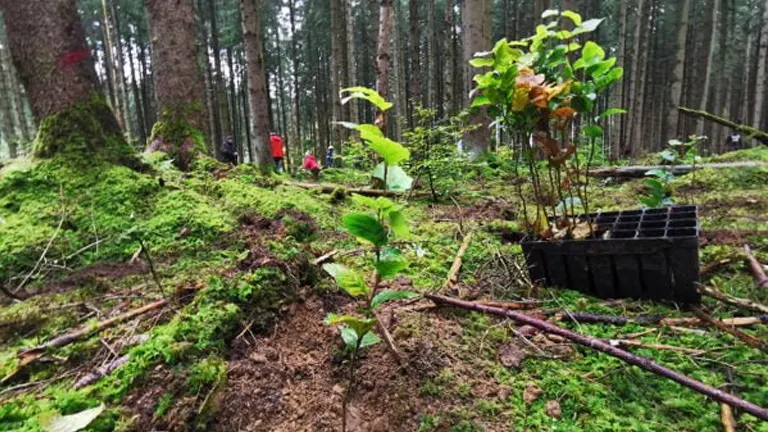
Factors to Consider:
- Soil Quality: Conduct a soil test to determine the pH levels, drainage capabilities, and nutrient content. The results will inform what types of trees will thrive best in the area.
- Sunlight Exposure: Different tree species have different sunlight needs. Ensure the site offers the right balance of sunlight and shade for the species you plan to plant.
- Water Availability: The site should either be near a natural water source (like a stream) or have easy access to water for irrigation, especially in the early stages of growth.
- Accessibility: The site should be easy to access for participants and vehicles transporting saplings, tools, and other materials.
Urban sites, rural areas, and deforested landscapes will all have different requirements. For urban projects, consider public parks, schoolyards, and vacant lots. For rural or forest restoration efforts, work with local authorities to identify areas in need of reforestation.
Choose the Right Tree Species
The selection of tree species is a critical decision that will directly affect the long-term success of the planting activity. Not all trees are suitable for every environment, and improper species selection could lead to poor growth or even ecosystem imbalances.
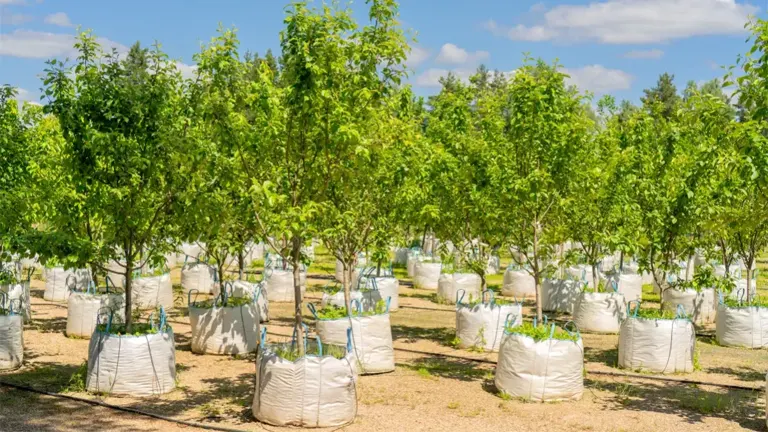
Factors to Consider:
- Native vs. Non-native Species: Native trees are adapted to the local environment and provide habitat for indigenous wildlife, making them a better choice for most projects. Non-native species may not thrive and could disrupt local ecosystems.
- Soil Compatibility: Some trees prefer acidic soils, while others need alkaline conditions. Match the species to the soil conditions of the planting site.
- Growth Rate and Size: Consider the mature size and growth rate of the trees. Fast-growing species may provide quicker environmental benefits but might also require more maintenance.
- Purpose: If the goal is to create a windbreak, choose trees known for their sturdiness. If you aim to increase biodiversity, opt for a variety of species that provide food and shelter for local wildlife.
Local forestry experts, nurseries, or environmental organizations can be invaluable resources for selecting the right species.
Obtain Necessary Permits and Permissions
Depending on the size and location of your tree planting activity, you may need to secure permits from local or national government agencies. These could include:
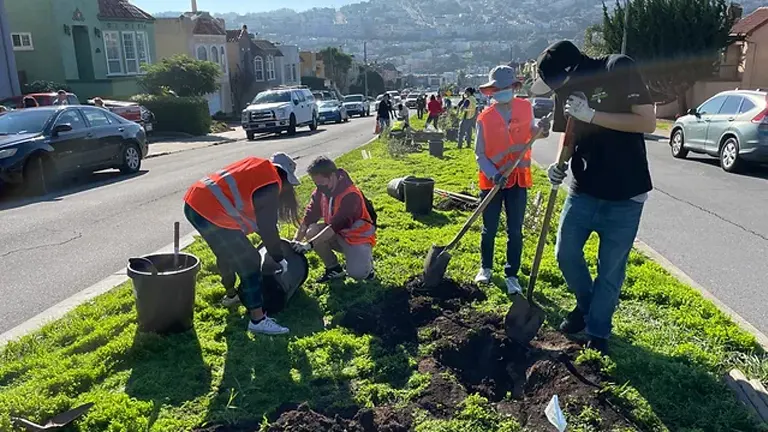
- Land Use Permits: Required if you’re planting on public land or protected areas.
- Environmental Impact Assessments (EIA): Some areas may require an EIA to ensure that the planting does not disrupt local ecosystems or infringe on land use policies.
- Partnership Agreements: If you’re working with local authorities or organizations, formalizing the partnership through agreements ensures clarity on roles, responsibilities, and expectations.
Securing these permits can take time, so it’s best to start the process well in advance of the event.
Assemble Your Team and Volunteers
Tree planting activities can be labor-intensive, depending on the number of trees you plan to plant. Therefore, assembling a reliable team and recruiting volunteers is crucial for success.
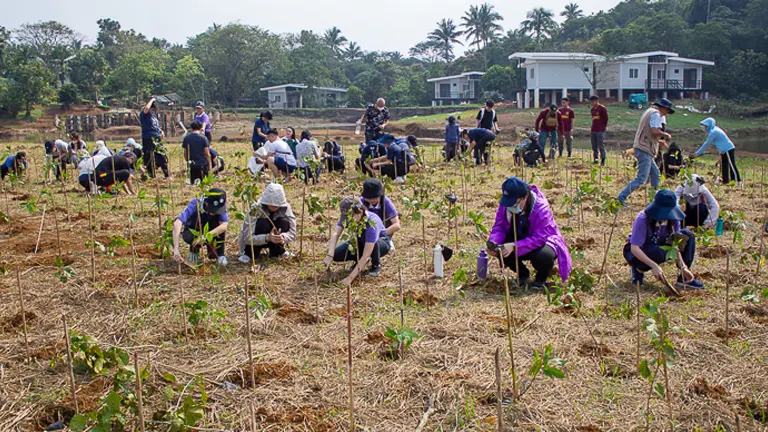
Building a Core Team:
Your core team will likely include:
- Project Coordinator: Responsible for overseeing all aspects of the event.
- Logistics Manager: Handles the transportation of saplings, tools, and other materials to the site.
- Volunteer Coordinator: Recruits, trains, and manages volunteers.
- Communications Manager: In charge of promoting the event, coordinating with media outlets, and engaging the public through social media.
Recruiting Volunteers
Effective volunteer recruitment can make or break your tree planting event. Use social media, local community boards, schools, and environmental groups to attract volunteers. Be sure to clearly communicate the date, time, and location of the event, as well as any specific requirements (such as bringing their own gloves or tools).
Offer incentives like refreshments, certificates of participation, or team-building activities to encourage involvement and show appreciation.
Gather Tools and Materials
Planting trees requires a range of tools and materials, and ensuring these are prepared well in advance will prevent last-minute scrambles on the day of the event.
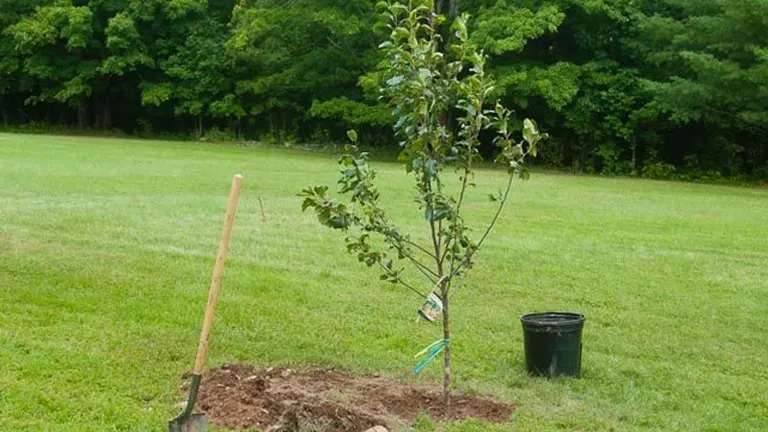
Basic Tools:
- Shovels and Spades: For digging holes.
- Watering Cans or Buckets: For immediate watering after planting.
- Mulch: To help retain moisture and suppress weeds around the base of the newly planted trees.
- Tree Guards or Stakes: Protect young trees from wind damage or animal interference.
Depending on the scope of the event, you may also need wheelbarrows, gloves, rakes, and tarps. Make a checklist of all required items and source them early.
Plan the Event Day Logistics
As the event day approaches, focus on organizing the logistics to ensure the activity runs smoothly. Key elements to consider include:

- Timeframe: Set a realistic timeline for the event, including setup, planting, watering, and cleanup.
- Safety Precautions: Have a first-aid kit on site, and brief participants on safety measures, especially when using tools.
- Water and Refreshments: Provide sufficient water and snacks for volunteers, particularly if the activity will last several hours.
- Transportation: Arrange transportation for the trees, volunteers, and materials. For larger projects, consider hiring a truck or van.
- Event Signage: Clear signage at the planting site can help direct participants and create a sense of organization.
Assign specific roles to volunteers to ensure everyone knows their responsibilities. For example, designate teams for digging, planting, and watering.
Educate Participants
Tree planting is not just about placing a sapling in the ground; it’s also an opportunity to educate participants about the importance of trees and environmental stewardship. Take time at the start of the event to explain the purpose of the activity and share key facts about the benefits of trees.
| Category | Number of Participants | Time per Participant (minutes) | Total Time (minutes) | Materials Needed | Trainers Required |
|---|---|---|---|---|---|
| Small Group (10-20) | 15 | 10 | 150 | Instruction sheets, visuals, tools demo | 1 |
| Medium Group (20-50) | 35 | 8 | 280 | Instruction sheets, visuals, tools demo | 2 |
| Large Group (50-100) | 75 | 5 | 375 | Digital presentation, handouts, demo | 3-4 |
Ideas for Educational Content:
- Biodiversity: Discuss how trees support various species of animals, insects, and plants.
- Climate Change: Highlight how trees sequester carbon dioxide, helping to mitigate climate change.
- Water Conservation: Explain how tree roots prevent soil erosion and help conserve water.
If possible, invite environmental experts to give short talks or host educational booths.
Post-Planting Care
The success of a tree planting activity doesn’t end once the last sapling is in the ground. Newly planted trees require care to ensure they grow strong and healthy.
| Category | Number of Trees | Watering Frequency (per week) | Weeding Frequency (per month) | Monitoring (per month) | Total Hours per Month | Volunteers Required |
|---|---|---|---|---|---|---|
| Small Scale (50-100) | 75 | 3 times | 1 time | 2 times | 20 hours | 2-3 |
| Medium Scale (100-300) | 200 | 3 times | 1 time | 2 times | 50 hours | 5-7 |
| Large Scale (300-500) | 400 | 3 times | 1 time | 2 times | 90 hours | 8-10 |
Immediate Aftercare:
- Watering: Newly planted trees need consistent watering, especially during their first year. Make sure to establish a watering schedule if the area lacks natural rainfall.
- Mulching: Apply mulch around the base of the trees to retain moisture and protect the roots.
- Monitoring for Pests and Diseases: Regularly check the saplings for signs of pests or diseases and take appropriate measures if problems arise.
For larger projects, consider assigning volunteers or partnering with local organizations to monitor and care for the trees in the months following the event.
Promote and Document the Event
Lastly, be sure to document your tree planting activity and promote it to a wider audience. Not only does this increase public awareness, but it also serves as inspiration for others to engage in similar activities.
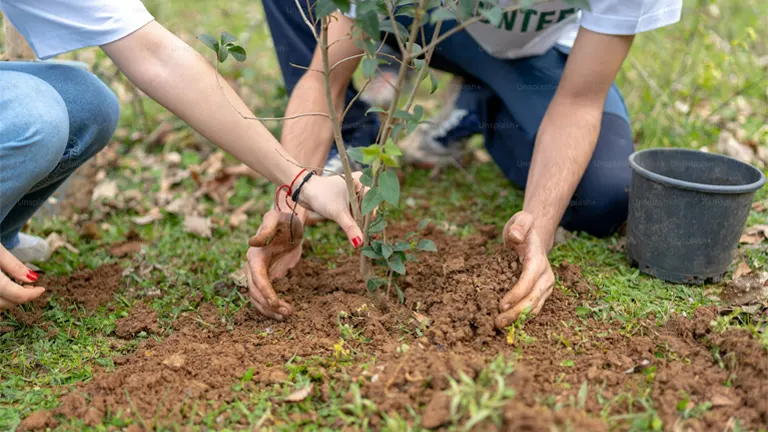
Ways to Promote Your Event:
- Social Media: Share photos, videos, and updates on platforms like Instagram, Twitter, and Facebook. Use relevant hashtags to reach a broader audience.
- Press Releases: If your event is of significant size, send a press release to local news outlets to generate media coverage.
- Before and After Photos: Document the progress of the site over time to show the long-term impact of the tree planting activity.
Here’s a brief Calculation Table for “Promote and Document the Event” in a tree planting activity. The table estimates the time and resources needed based on the scale of the event.
| Category | Number of Participants | Social Media Posts | Photo/Video Documentation (hours) | Total Promotion Hours | Volunteers/Staff Required |
|---|---|---|---|---|---|
| Small Event (10-50) | 30 | 2 posts | 2 hours | 5 hours | 1-2 |
| Medium Event (50-150) | 100 | 4 posts | 4 hours | 10 hours | 2-3 |
| Large Event (150-300) | 250 | 6 posts | 6 hours | 15 hours | 3-5 |
Encouraging participants to share their own photos and experiences online can amplify your message and encourage more community involvement in future projects.
Conclusion
A well-organized tree planting activity can make a significant impact on both the environment and the community. By setting clear objectives, choosing the right location and species, and ensuring the event is logistically sound, you can create a memorable and impactful experience for all participants. Tree planting is not just a one-time event; it’s a long-term commitment to fostering a greener, healthier planet. With proper planning and follow-up, your tree planting activity will be a lasting success.
Frequently Asked Questions (FAQs)
- Why is tree planting important for the environment?
Tree planting is essential for environmental restoration because it helps combat deforestation, improves air quality by absorbing carbon dioxide, and fosters biodiversity by providing habitats for wildlife. Trees also play a crucial role in preventing soil erosion, regulating water cycles, and mitigating the adverse effects of climate change. By planting trees, we contribute to the long-term health and sustainability of ecosystems and communities. - What are the key objectives of a tree planting event?
The objectives of a tree planting event can vary, but they generally include reforestation, carbon sequestration, enhancing biodiversity, and promoting community engagement. Defining clear goals helps in determining the type of trees to plant, the location, and the scale of the event. Whether the event focuses on environmental restoration, raising awareness, or involving the local community, understanding the purpose ensures a more organized and successful outcome. - How do I choose a suitable location for tree planting?
Choosing a suitable location is critical for the survival and success of the trees. The site should have appropriate soil conditions, climate, and space for the trees to grow. Public parks, degraded forest lands, or open spaces that need restoration are common choices. It’s important to assess factors like soil type, access to water, and potential environmental impact. Collaborating with local authorities or environmental experts can help in selecting the best site for the event. - Which tree species should I plant for the event?
The choice of tree species depends on the local environment and the specific goals of the event. Native species are usually the best option, as they are adapted to the local climate and provide food and habitat for indigenous wildlife. It’s essential to avoid planting invasive species that may disrupt the local ecosystem. Additionally, consider the growth rate, size, and water requirements of the trees to ensure they can thrive in the chosen location. - What equipment and resources are needed for a tree planting event?
Tree planting events require essential tools such as shovels, gloves, watering cans, stakes, and mulch. Depending on the number of participants and the scale of the event, ensure there is enough equipment for everyone, or create a tool-sharing schedule. Access to a water source is critical, especially for newly planted trees that need regular watering. It’s also important to arrange transportation if the site is far from urban areas, and have first-aid supplies on hand for safety. - How can I recruit and train volunteers for the event?
Recruiting volunteers is typically done through social media, community boards, or local organizations. Clear communication about the event’s purpose, location, and expectations helps attract participants. Once volunteers are recruited, it’s important to provide basic training on proper tree planting techniques, safety measures, and the importance of post-planting care. Assigning team leaders or supervisors who are knowledgeable about the process can also ensure the event runs smoothly. - What steps should be taken on the day of the event?
On the day of the event, ensure all logistics are in place, including volunteer registration, equipment distribution, and safety briefings. Conduct a short training session on planting techniques and safety protocols before dividing participants into groups. Have a schedule in place to manage the day’s activities, including breaks and refreshments. Conclude the event with a group activity, such as a closing ceremony, to thank participants and celebrate the accomplishment. - How do I ensure the survival of the trees after the event?
Tree planting requires post-event care to ensure the saplings survive and grow. Regular watering, especially in dry seasons, is crucial. Weeding and mulching can help reduce competition from other plants and protect the young trees. Additionally, periodic monitoring to check the health of the trees is necessary, and if some trees don’t survive, plan to replace them. Engaging volunteers or local organizations to participate in long-term maintenance is also important. - How can I engage the community and keep them involved?
Community engagement is key to the success of a tree planting event. Involve local residents, schools, and organizations in both the planning and execution stages. Keep them informed about the progress of the trees through regular updates, newsletters, or social media posts. Hosting follow-up events where the community can monitor the growth of the trees helps maintain interest and ensures the long-term success of the project. Offering certificates or recognition for volunteers also encourages ongoing participation. - What are the long-term benefits of a successful tree planting event?
The long-term benefits of a tree planting event extend far beyond the day of planting. Trees improve air and water quality, provide habitats for wildlife, and contribute to climate change mitigation by absorbing carbon dioxide. They also enhance community well-being by creating green spaces and promoting environmental stewardship. A well-organized and maintained tree planting project can leave a lasting positive impact on both the local ecosystem and the community for generations to come.

Edward Smith
Forestry AuthorWoodworking is about more than crafting; it's a harmonious connection with nature, mastering tools, and preserving our environment. I'm here to share my knowledge and experiences with you, forging a future where we can embrace wood's beauty and utility while safeguarding our forests' health and diversity.



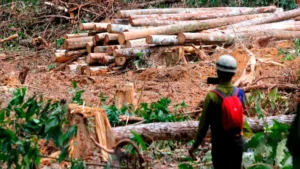


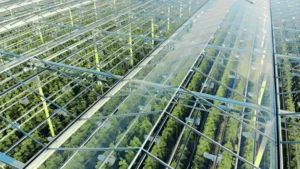

Leave your comment